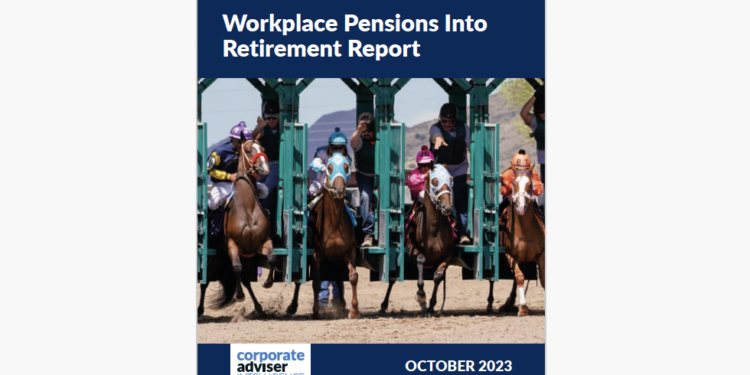Retiring DC savers are overwhelming opting for full cash withdrawals — with almost all members taking this route with several of the largest auto-enrolment providers, including Now: Pensions, Cushon and The People’s Pension.
Corporate Adviser’s Workplace Pensions Into Retirement Report found that more than 80 per cent of scheme members were taking this route at other large providers, including Nest, Aviva and Legal & General.
*** TO ORDER YOUR COPY OF THE WORKPLACE PENSIONS INTO RETIREMENT REPORT CLICK HERE ****
However for the first time this report asked providers to detail cash-in rates for members with different pot sizes. The data shows that the numbers cashing in falls significantly for members with pension pots of £30,000 plus with most providers — the main exception being Now: Pensions.
The repot, while pools data from across the DC workplace market with research from advisers and consultants working in this sector, found two thirds of advisers were concerned about the level of cash withdrawals.
The report also highlights the gap in at-retirement functionality that still exists between contract-based and trust-based schemes. FCA-regulated providers generally offer a wider range of decumulation options, although there are several trust-based providers that also offer full flexibilities, including those providers that offer both master trust and GPP options.
The report also highlights the performance of schemes at-retirement investment strategies alongside the performance of the different investment pathways offered post retirement on contract-based schemes.
After a difficult year end to 2022, caused by the turbulence in gilt markets following the mini-Budget, most schemes have seen a significant improvement in their at-retirement investment strategies and moved back into positive territory. SEI has been the best performing scheme for these members, producing a 4.1 per cent (SEI) in the year to 30.6.23. Aegon Master trust has the worst performance with a -0.63 per cent over the same period.
The report also shows that despite having similar investment objectives there has been considerable variation in the performance of scheme’s investment pathways – with up to a 10 percentage point difference between the best and worse performers for some of these default options.





